The Vietnam War was among the most divisive military conflicts in Modern American history.
Through the late 70s and 80s, we’ve had many memorable movies from that period, from Apocolypse Now to Deer Hunter and Platoon.
Such films however are unlikely to be made anymore, not because of the controversial politics behind them, but because there is simply very little more that a mainstream Hollywood film could explore. Any others made during the current period since have been cheap independent projects.
There are, however, some avenues that can still be discussed from this period.
Perspectives Matter
Not all of these films necessarily have to feature Americans. The film industry has been evolving in the past decade to accommodate non-Americans in the focus. There lies an opportunity to explore Vietnamese perspectives North and South. It is the “Vietnam War” after all and for too long we haven’t seen such films from the Vietnamese perspective.
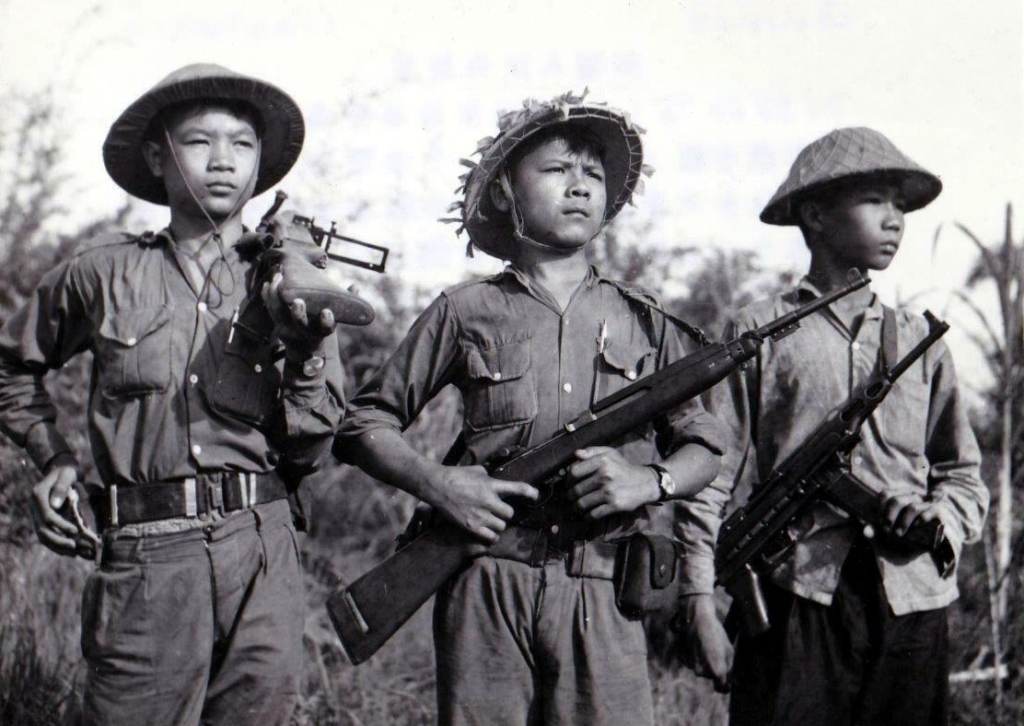
We can see how the Northerners were devoted to liberating their country from the Western occupation, despite being commanded by an Orwellian Regime. There’s the tragedy of how their political officers throw their soldiers’ lives away in near-human wave assaults. It was only effective propaganda based on nationalist fervor and anti-colonialism that kept these soldiers going.
The South Vietnamese perspective is equally compelling and even more tragic. It was a people caught in the middle between vicious communist insurgents on one side and a corrupt government that was hardly democratic.
Such perspectives are important to portray as both North and South Vietnam were effectively puppets players during the cold war. Nothing more than a proxy war between America and the Soviets “indirectly”. This goes a long way toward understanding how America got involved and, more importantly, how hard it was to get out.
#1: French Foreign Legion and Dien Bien Phu
One aspect that people forget is that the first Vietnam War (Indo-China war officially) was with the French. For over a century, Vietnam Laos, and Cambodia collectively known as Indochina was a French colonial possession where they exploited the population for its resources, mainly rubber.
The Power vacuum created during world war 2 enabled the communist lead Viet Minh to seize control of much of the country. Unwilling to give up their colonial possession, the French would fight an 8-year war that would eerily foreshadow America’s own endeavor in its brutality and unpopularity.
It would all culminate in the siege of Dien Bien Phu, where the Viet Minh encircled the French forces and defeated all of the best forces the French had to offer.
There was a film made in 1992 about this conflict that has largely been forgotten. Should one be made in today’s film industry, here is some advice that could be pushed.
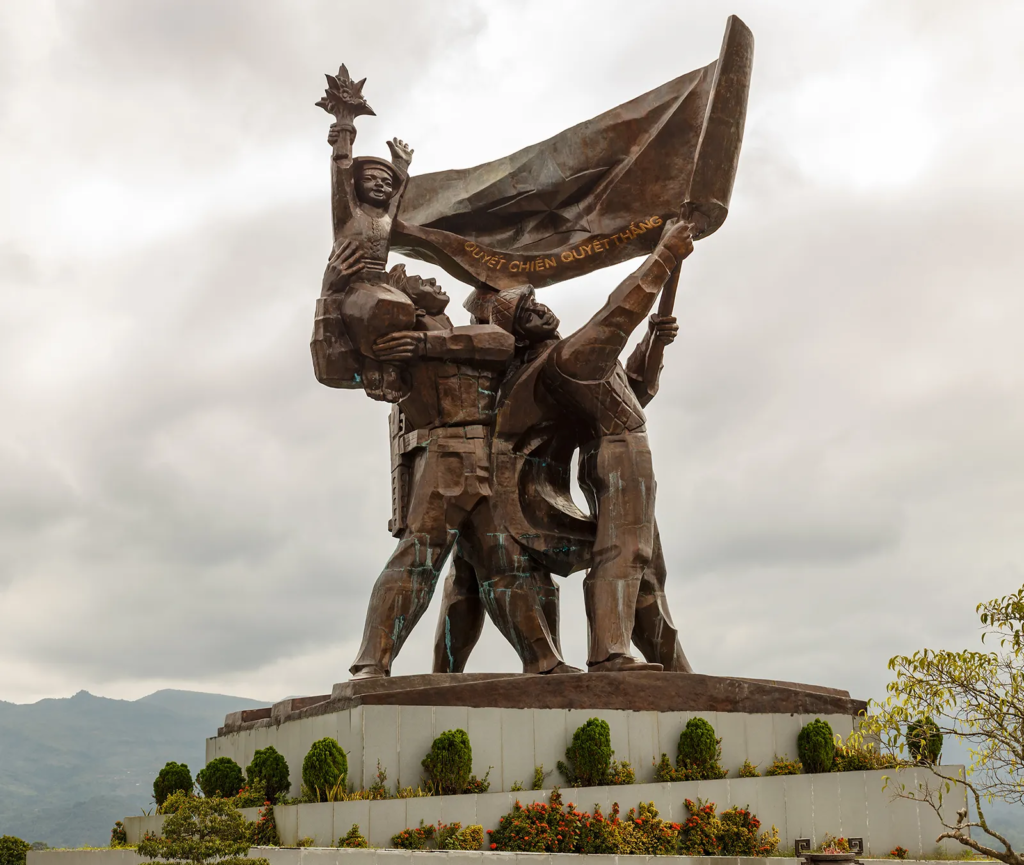
Some might argue that no one would want to see this since no Americans are involved but you would be wrong. There were secretly American freighter pilots that flew relief supplies during the siege. However, if you want to get on the ground, look no further than the Foreign Legion. Many recruits joined their ranks. Most recruits come from central Europe; there were, however, Americans, British, as well as African, and East Asian soldiers among their ranks which would make some interesting racial dynamics.
Most interestingly, there were Waffen SS soldiers that fled from prosecution by hiding in the ranks of the legion. No doubt, this would add an extra sense of tension among the soldiers. Imagine former WWII soldiers who fought each other in the past forced to fight for survival by convenience.
#2: Tet – A Multi-Perspective Miniseries

The Tet Offensive was a major point in the war as this was when public support for the war began to erode away. they’ve been told that there was light at the end of the tunnel and that the North Vietnamese were on the brink of capitulation. Instead what happened was an all-out assault by a supposedly weakened enemy. the effect was the decaying trust the American people had in their government and fuelling calls for complete withdrawal.
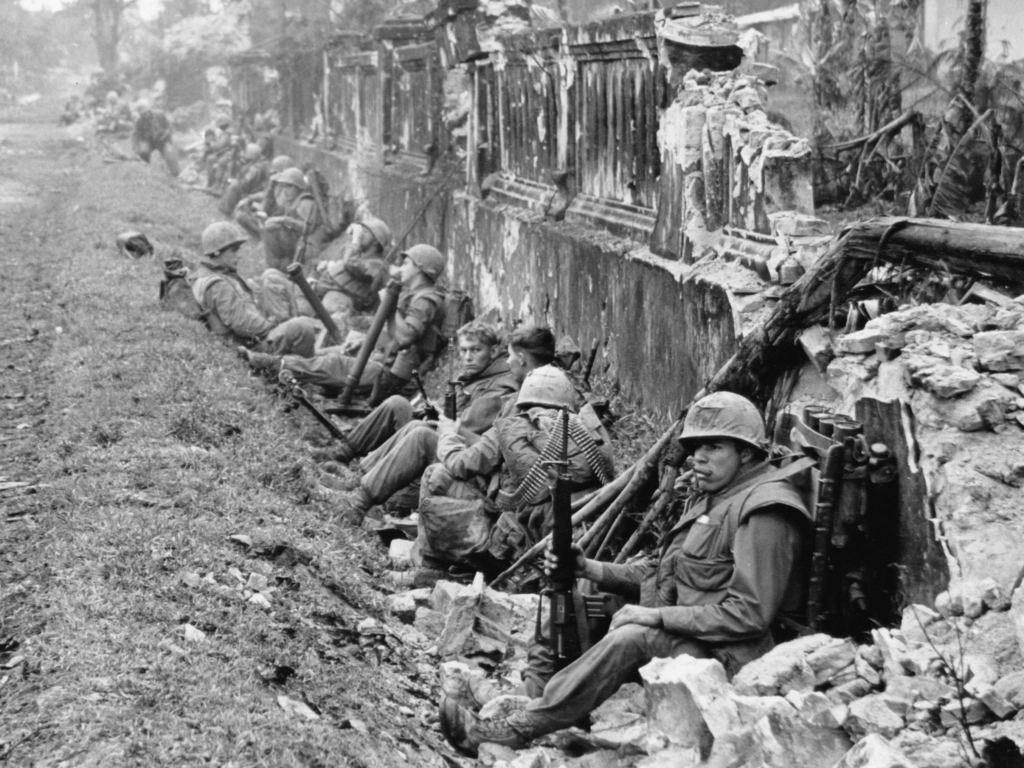
This could all be done well as a 10-part miniseries. Each episode is a loose anthology with a different perspective. the geopolitical understanding is simply too dense for a movie.
The only Vietnam War film that delved into the Tet Offensive was Full Metal Jacket and even then it was only in the second half of the film and focused only on the city of Hue.
One avenue that could be explored is how this escalation of the war affected all sides.

We could see the disillusionment of the NVA and Vietcong. The original strategy of the communists was the belief that once the cities were attacked the South Vietnamese people would rise and overthrow the Saigon government. What they instead see are terrified citizens Hiding from the chaos, never wanting to be part of this fight between the communists and their government. Imagine the confusion of these NVA soldiers about the eerie silence on the streets instead of cheers. Perhaps this was the result of their Viet Cong allies massacring civilians that dissuaded people from lending aid.
There are moments from the South Vietnamese side that were equally grime. One Particularly infamous moment that could be recreated, is the infamous photo of an SV commander executing an agent in the streets that were captured on film. This was one of the most powerful photos of the war that drastically changed America’s position and galvanized the anti-war movement.
The American press didn’t know that the VC shot in the photo was the leader of an assassination squad that murdered families of SV officers, including friends of the man who pulled the trigger. Recontextualizing this infamous photo goes a long way in deconstructing some of the myths from the anti-war side as well. it’s important to depict the irony of this moment, how it was the lies behind the photo that eventually propelled peace.
#3: Robin Olds – The Real-Life “Maverick”
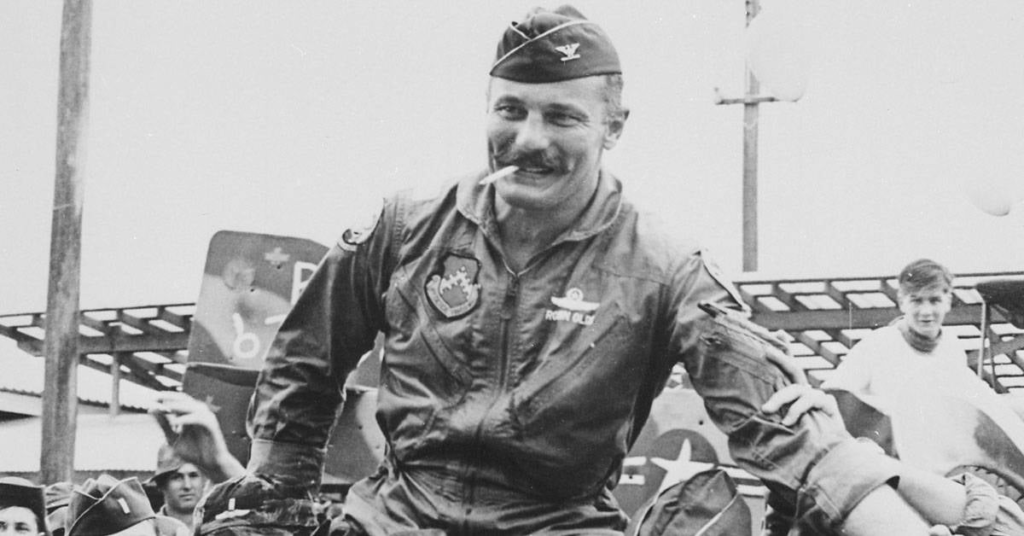
Aerial warfare during the Vietnam War was very much a guerrilla war in the air as much as it was on the ground. The North Vietnamese possessed older aircraft they used them skillfully with hit-and-run tactics.
The American aircraft also had trouble as their fighter planes like the F-4 Phantom only had missiles because the airforce top brass believed that guns were outdated. On top of that, political bureaucrats from the Pentagon, fearing the possibility of widening the conflict, placed strict limits on pilots as to what could be targeted. Even their method of approach to their targets was dictated by Washington. As a result, American aircraft became easy to predict.
Further hampering their efforts, most frontline fighters like the F-4 Phantom were not equipped for maneuvering dogfights as it was believed the addition of air-to-air missiles would make such engagements obsolete, a mistake learned the hard way.
Pilot morale was low so the air brass looked to older veterans for insight, among them was Col. Robin Olds. A veteran of World War 2, Olds had 12 aerial victories flying piston driven p-38 lightnings and later Mustangs. Olds has garnered a reputation as an aggressive dogfighter even downing an aircraft in a guide mode, a feat no other pilot has achieved.

When Olds was brought in, he was initially to teach younger pilots about the art of dogfighting. However soon enough, he and a few of his fellow vets would be leading squadrons of their own in person. One particular mission codenamed Operation Bolo, devised by Olds himself, was luring the North Vietnamese aircraft into a trap by disguising their flight patterns to resemble those of slower bombers. The ambush shot down seven MiGs, nearly 50% of NV airpower, forcing them to rely more on surface-to-air missiles than their planes to protect their skies.
Also, to take into account how much of a jump in aircraft for vets like Olds have to essentially re-learn how to fly. The transitioning pilots, like Olds, made the transition from piston planes to jets that have very different power behind them that are harder to master. Olds has skipped an entire generation of fighters, not to mention old boys learning to use missiles that were new to master as early F-4 phantoms didn’t possess a gun.
Sidenote, if there’s an actor in mind to play Col. Olds my choice would be Brad Pitt
#4: Early Kennedy / Ngo Dinh Diem Years
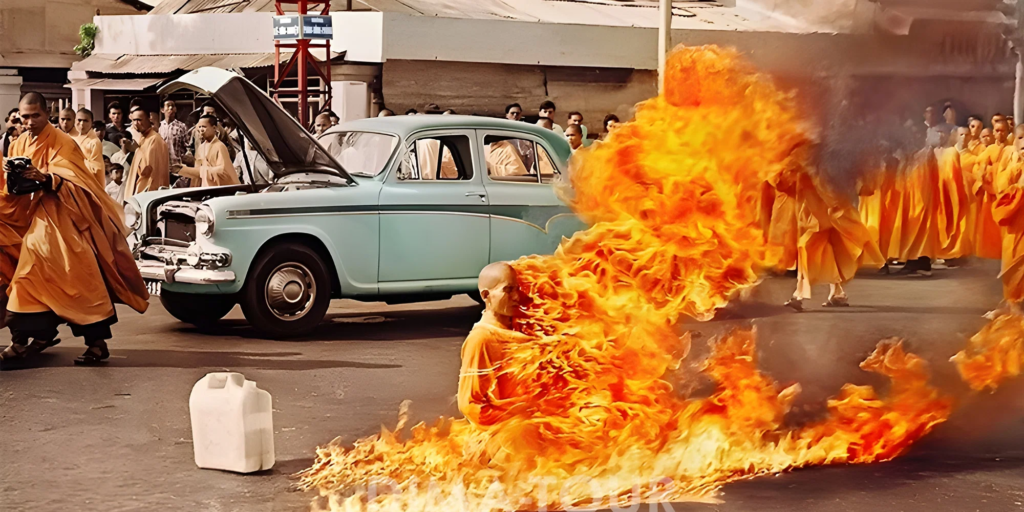
Another moment in history that deserves the miniseries treatment would be the early years. More specifically are the years under Kennedy or the South Vietnamese under its authoritarian President Ngo Dinh Diem.
His unpopular reforms and crackdown on the Buddhist population caused major tension with Washington insiders and the regime they entrusted to stop communism in Asia. Kennedy unofficially endorsed a coup that led to his assassination. This destabilized the country to the point America was driven into the conflict officially.
We could have a setup similar to Narcos where we have a CIA or a Special Forces soldier narrate the main premise along with actual footage. So far as the audience is concerned Experts’ interviews away from being a documentary.
#5: Carlos Hathcock aka “White Feather” – American Sniper
Before Chris Kyle, the most deadly sniper in American history was Carlos Hathcok. Several of his confirmed kills included but were not limited to
- Shooting a VC sniper through his scope.
- Taking out a prolific sniper/torturer nicknamed “The Apache” for her brutality
- Mounting a scope to a browning M2 machine gun where he made him the furthest confirmed sniper shot until 2002
- Assassinating a North Vietnamese general after a 3-day crawl.
The last one alone is worth a movie treatment. Imagine a movie where your main character is silent throughout the entire movie to sneak his way for this one target.
#6: The Final Days of Saigon

With America’s recent withdrawal from Afghanistan, many have compared the end of that conflict to the fall of Saigon, and rightfully so. After eight years of war, America lost its will to stay in this conflict. It was thought that American money, weapons, and training would Preserve the Saigon government. However, government corruption and a withdrawal of financial aid from Congress caused their economy to weaken, and the South Vietnamese ranks eroded, leaving the South vulnerable to a Northern invasion.
What follows is a rapid invasion of the entire South. In just 3 months, the capital of Saigon was surrounded. There was a chaotic evacuation at the embassy, not just American personnel but also the SV that worked with the Americans. It was the crisis that eerily mirrored America’s final departure from more recent conflicts.
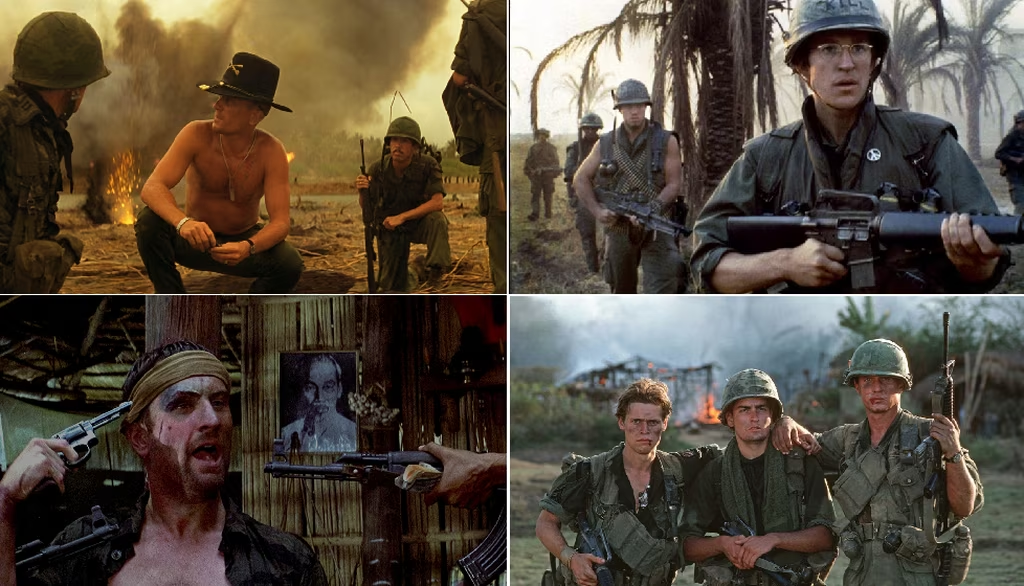



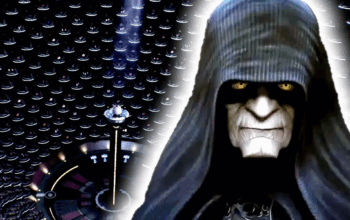
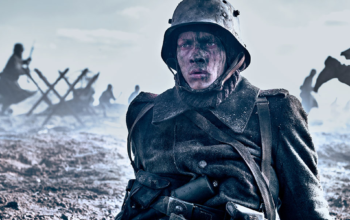
Hello! Someone in my Facebook group shared this website with us, so I came to give it a look. I’m enjoying the information. I’m bookmarking and will be tweeting this to my followers! Wonderful blog and amazing design and style.